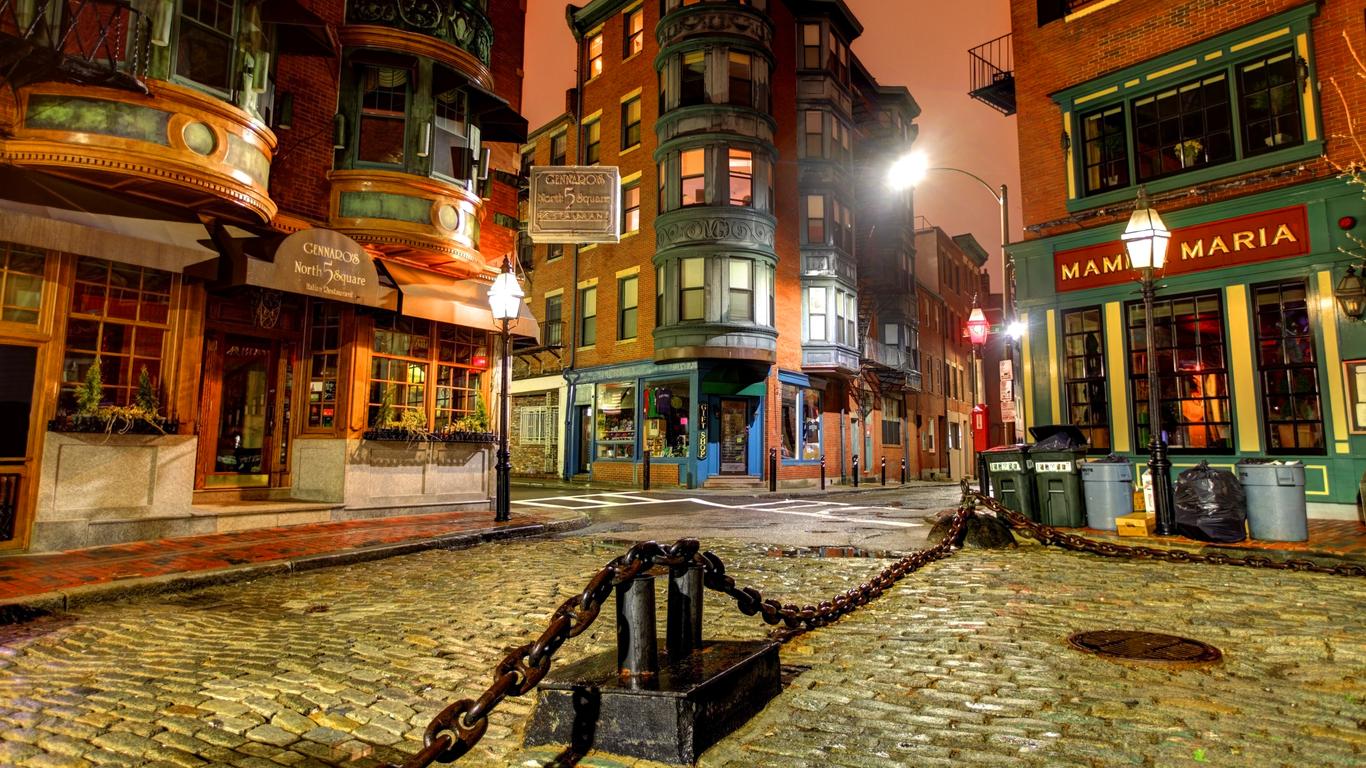Famed for its Italian restaurants and markets, North End is one of Boston’s oldest communities, having been settled since the 1630s. Its diverse mix of architecture reflects its vibrant history as home to free slaves, Irish immigrants and a significant Jewish community before the Italians left their stamp on its cobblestone streets.
While the North End’s Italian American population has been in decline since reaching its peak in the 1930s, its streets have retained their European atmosphere, with charming cafes, authentic bakeries and unique boutiques to explore. Italian religious celebrations like the Feast of St. Anthony are still marked here with much fervour, and various Italian food businesses which had humble beginnings here are now global names. The neighbourhood boasts twelve destinations on the National Register of Historic Places, including Boston’s oldest church, the Old North Church. The Copp's Hill Burying Ground is also found here and where many of North End’s most notable residents are buried, together with the colonial home of Paul Revere which dates to the late 17th century. A sculpture of this American patriot is situated within Paul Revere Mall, while another of Christopher Columbus stands within the Waterfront Park dedicated to the explorer. North End’s historic Union Wharf once served as an important trade hub in Boston, while the red brick St. Stephen’s Church still stands proudly on Hanover Street as the last to be built by acclaimed architect Charles Bulfinch.
North End is accessible by subway from Haymarket and North Stations to the west and Aquarium Station to the south, as well as by ferry to nearby Long Wharf. The neighbourhood itself has very narrow, dense streets and is best explored on foot.
The North End community emerged during the early 17th century around the North Meeting House church, spurring the development of what became known as North Square. During the 19th century, the area saw an influx of immigrants, with Irish, Eastern European Jews and Italians settling here, and by 1890 the area around North Square was known as “Little Italy”.





